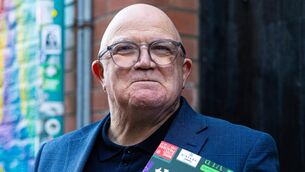Animation in Ireland: ‘It goes back to the Book of Kells’
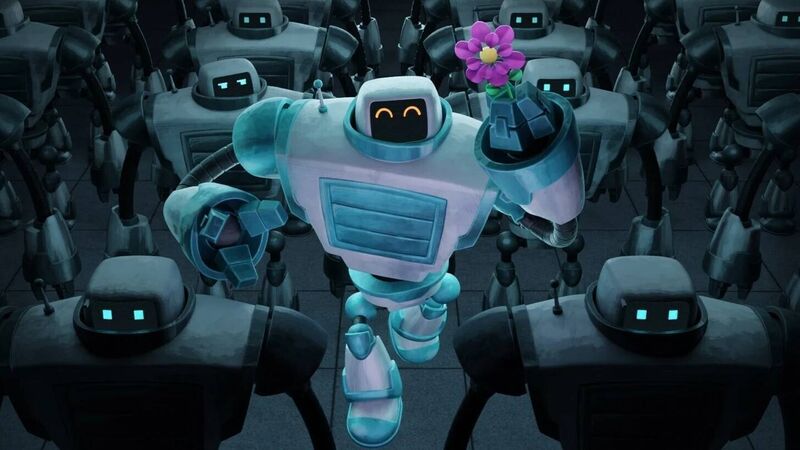
Will Sliney's Droid Academy, a new RTÉ-commissioned short
In middle of the last century, a time existed when Disney was the only studio in the English-speaking world that regularly produced feature-length animated films. It didn’t last long.
“American drawn-animation feature films died a death around the 1980s when they became too expensive to make,” says filmmaker and animator Steve Woods, whose book covers the long story of Irish animation.
It was around this time that Don Bluth, a prominent Disney animator with a penchant for charming and timeless designs, decided to cut ties and set up Sullivan Bluth Studios from a new home in Dublin, lured by generous tax incentives offered by the Industrial Development Authority (IDA).
“The IDA got a rush of blood to the head that made them see that creating these studios would employ hundreds of semi-skilled workers,” Woods continues.
As a result, a mini-boom of Irish-made animation started, with a big-hitters to cement their status in the history books.
“Bluth completed with Steven Spielberg here, and was the first full-length animation feature entirely made in Ireland.”
Sullivan Bluth Studios was formed in Islandbridge, with the help of American businessman Morris Sullivan, in 1985.
As the hits started coming, Bluth realised he needed a steady stream of help at his Dublin offices to capitalise. He helped to set up a new animation course at Ballyfermot College of Further Education in 1989, a top-tier curriculum that still exists today.
However, following a suite of box-office disappointments in the early 1990s, as well as the integration of computers deeming Bluth’s workforce largely redundant, Sullivan Bluth closed in late 1995, but not without paving the way for new companies to form.
“Brown Bag, a prominent studio today, came out of the first wave,” Woods says, “and Cartoon Saloon the second.”
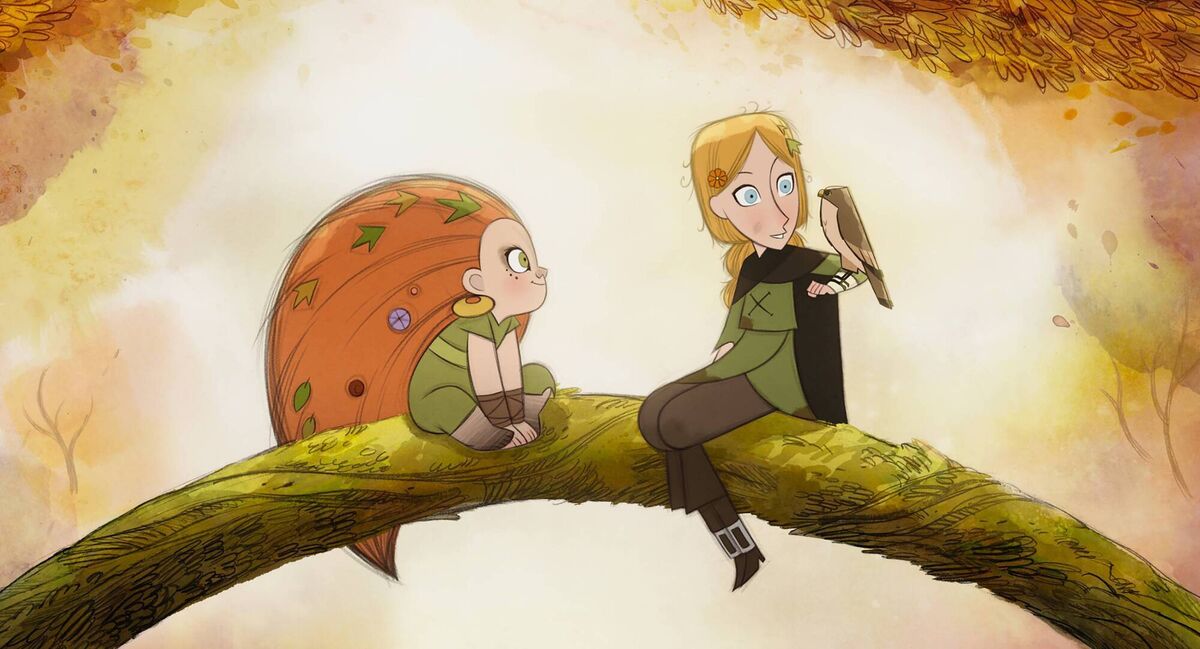
Cartoon Saloon was founded in 1999 by former Ballyfermot students Paul Young, Tomm Moore, and Nora Twomey.
With a base in Kilkenny, most Irish people will associate them with Academy Award nominations, most notably for their works (2009), (2015), (2018), (2021), and short film (2019).
Gerry Shirren, who once worked as a production manager at Sullivan Bluth, is the managing director of Cartoon Saloon, a company he described as “hand-to-mouth” for its first decade.
“They were working out of a convent in Kilkenny, a space they were given to work from,” he smiles. “And they kept the doors open by doing commercials and other bits of work, while working on bigger projects. Suddenly, they were nominated for an Academy Award.”
This kick-started a kind of “golden era”, he says. Irish animation, according to Shirren, is “very well regarded” across the world, largely due to courses like Ballyfermot and studios like Sullivan Bluth, which gave focus to a team of clearly talented individuals.
“The demise of Don Bluth’s studio allowed for a number of small operations from people who had training and knowledge to bloom all over,” he says.
“That impact still exists today. We have bigger names that people know, like Kavaleer and Brown Bag, but there are also 20 to 30 small operations across the island that are getting increasingly well known.”
Today, at least eight bachelor’s degree programmes for animation exist, some among the best in Europe, with many more certificate and diploma options available in Ireland.
And for good reason: animation is one of Hollywood’s most profitable genres, with a recent valuation of more than $430bn.
This growth, paired with the advent of streaming services and a bottomless need for new content, has created space to expand what animation we consume.
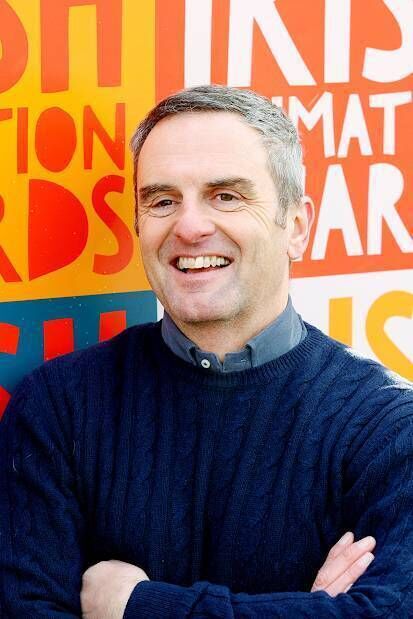
“Things were very robust during covid because of streamers,” Ronan McCabe, CEO of Animation Ireland, the representative trade body for animation studios, says.
“In fact, we were one of the few creative industries that were active the entire time. That has eased off for some reason — perhaps streaming services have noticed that animation doesn’t drive subscriptions like live action, but they’re certainly not commissioning like they used to.”
Despite this, Ireland sits on a world stage when it comes to animation.
“The curious thing about Irish animation is that we have the sensibilities of European storytelling, with the knowledge of big US studios,” Woods says. “It works for us really well.”
However, as with the rest of the arts industry in Ireland, the biggest problem is almost always funding.
“It’s always the issue,” McCabe says. “We always have ideas, but it’s just getting them financed. Much like live-action work, we’re reliant on the Section 481 tax credit — without that, it would be difficult to sustain the industry.
“This business is all about networking, which is why we’re always showing our faces at fairs and markets. The common themes in animation are collaboration and cooperation — because the only way to get things done is through co-production. It’s the DNA of the industry.”

A misconception exists that animated films, with their cute cartoons and limitless creativity, are easy projects.
“They are way more difficult to make than live action,” McCabe continues. “You have your script, then your voice record, which is all done at the start, but then you have to animate it all, and that can take years.”
Some characters, according to animators, can require up to 12 drawings to be created per second of film.
“It’s painstaking,” says McCabe, who previously worked on . “Animators work in seconds, not minutes. Think about it — if you take a camera outside right now to shoot a film, you already have a background, weather, and potentially an actor that exists in front of you. With animation, you’re literally starting with a blank page.”
No one expected small studios based in rural Ireland, such as Cartoon Saloon, Jam Media (whose show was recently picked up by Disney), and Brown Bag, to succeed on the art world’s biggest stages, and even fewer expected the stories behind those projects to be borne of Irish stories. As such, the best might be yet to come in terms of Ireland’s animation output.
“The standard of art we’re seeing come out of secondary schools today is just phenomenal,” Woods says. “I’m not sure what’s driving it, but there is something in the ether.”
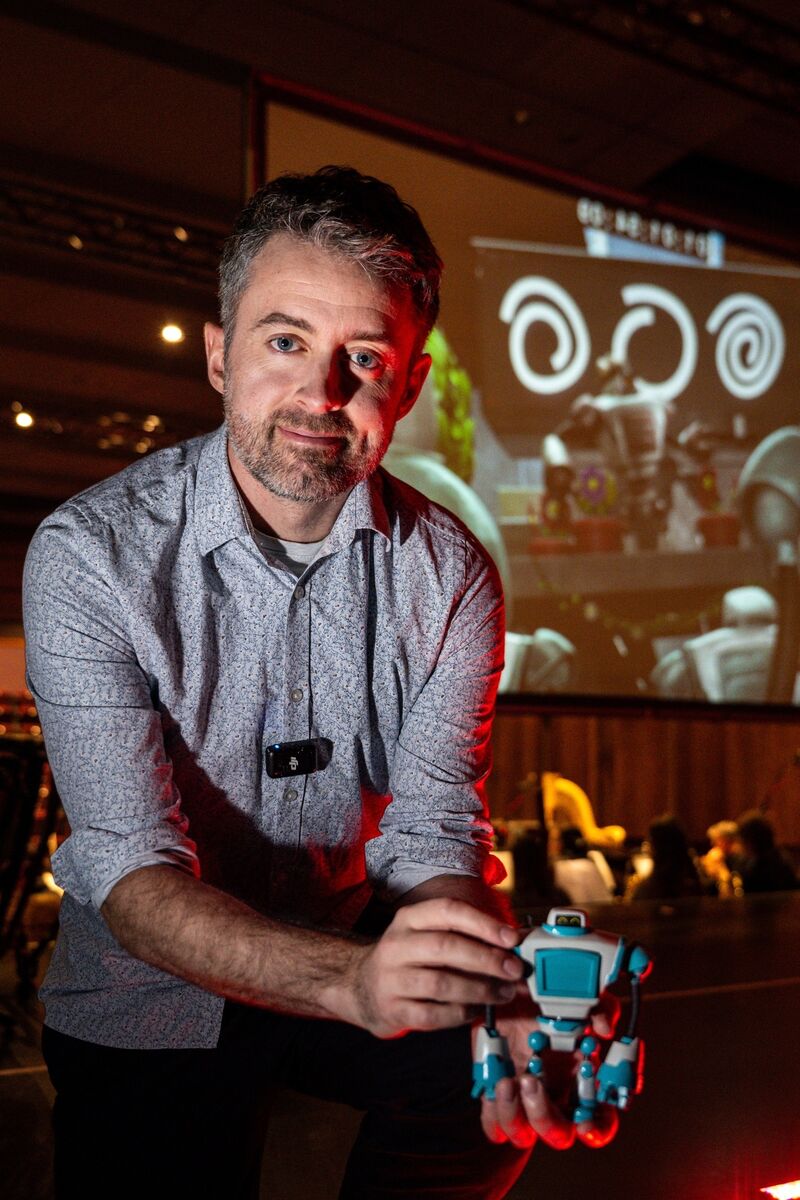
The reason, according to Will Sliney, an Irish Marvel artist and animator, might just be that entry into this world, for those interested, has never been more accessible.
Sliney only recently pivoted to animation and has made a name for himself with an RTÉ-commissioned short , something he created on a free, open-source software called Blender.
“Over the course of a year, I taught myself how to use it,” he says. “It’s amazing because you can make something yourself that looks better than a Pixar movie from seven or eight years ago.”
In this way, he says, the best is yet to come. “In Ireland, we punch above our weight creatively, and programmes like these are free to use and geared towards the individual who just wants to create something fabulous. In that way, there’s never been a better time to educate yourself about animation.”
Despite a downturn being felt globally in terms of animated shows being made, those in the Irish industry remain hopeful. “A lot of us are very hopeful this is a plateau rather than a sign of what’s to come,” McCabe adds. “Either way, we have to stay cautiously optimistic. People are very interested in seeing Irish people create Irish stories — it’s just getting them to a place where people can see them.”
As with the entire Irish arts industry, creativity is never the issue. “The brilliant thing is we have a wide variety of different types of studios here,” Sliney says. “As a country, we’re storytellers, and we’re well known for our music, actors, all that kind of stuff.”
But the final key to unlocking a huge future for animation in Ireland? Fighting the mindset that it’s somehow less worthy than other creative industries.
“I think the area that we achieve the most in, genuinely, is animation,” Sliney adds. “It goes right back to the Book of Kells. What we need to do now is spread awareness of that fact.”
- Marvel artist Will Sliney will join at MTU, supported by Coimisiún na Meán. The ‘Next Generation Programme’ helps teenagers make their first steps towards a career in the animation industry.






